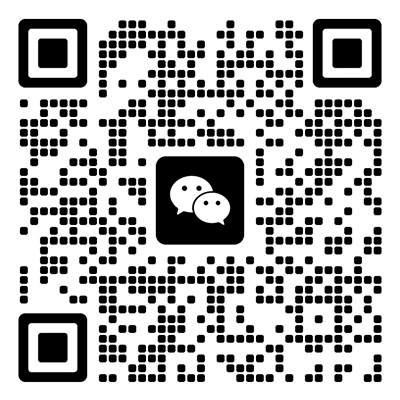1. Cleaning and disinfection equipment: During the manufacturing process of medical devices, equipment and instruments need to be cleaned and disinfected to ensure the hygiene and safety of the products. Cleaning and disinfection equipment can use water, solvents, steam, or chemicals to complete the cleaning process.
2. Processing equipment: Processing equipment is used to process raw materials into tool components with specific shapes and sizes. For example, machine tools and equipment used for cutting, cutting, drilling, and stamping.
3. Assembly equipment: Assembly equipment is used to assemble processed components into the final medical device. These devices typically include operating platforms, robotic arms, conveyor belts, and fastening devices to simplify and accelerate the assembly process.
4. Testing and Inspection Equipment: Testing and inspection equipment is used to verify and test the quality and performance of medical devices. These devices include mechanical testing equipment, electronic testing instruments, and detection instruments used to test the mechanical properties, electrical properties, biocompatibility, and other aspects of the instruments.
5. Packaging equipment: After the completion of medical device manufacturing, appropriate packaging and labeling are required. Packaging equipment includes sealing machines, coding machines, labeling machines, etc., to ensure safe transportation and correct identification of instruments.
Below, we will elaborate on the production and inspection equipment involved in the production of polymer medical devices
1、 Common production equipment
1. Ultrasonic cleaning machine, curing machine, dispensing machine, automatic circular screen printing machine, hot air welding machine, laser welding machine, sealing machine, etc;
2. Specialized equipment and processing technology: injection molding machines, extruders, hot press molding machines, dehumidifiers, color mixers, etc;
3. Assembly machine (line): infusion set assembly machine, syringe assembly machine, pipeline assembly machine;
4. Process equipment: fixtures for mechanical cutting, molds for injection molding processes, debugging stations for electronic equipment, containers or protective devices for parts transportation, etc.
2、 Common inspection equipment
1. Common equipment and tools for sterile inspection, microbial limit inspection, and initial contamination bacterial inspection of products include ultra clean workbenches, incubators (bacterial and fungal incubators), pressure steam sterilizers, membrane filtration equipment, alcohol lamps, etc. The commonly used equipment for detecting residual ethylene oxide is gas chromatography;
2. Common equipment for process water inspection generally includes conductivity meters, water baths, ultra clean workbenches, incubators, total organic carbon testers (applicable for injection water), etc. Environmental monitoring equipment and tools include dust particle counters, anemometers, air flow hoods, temperature and humidity meters, differential pressure gauges, ultra clean workbenches, incubators, petri dishes, etc;
3. Common inspection equipment for infusion equipment and components: injection needle tip puncture force tester, injection needle firmness tester, comprehensive performance tester for injection needle cone joint, needle tube (needle) toughness tester, needle tube (needle) rigidity tester, negative pressure leakage detector, hardness tester, electronic universal material testing machine, filter membrane bubble point tester, roughness comparison block or roughness meter, general measuring tools and special gauges, microscope, particle testing instrument, etc.
东莞市宝康智能设备科技有限公司专注医疗耗材智能装备定制,10年行业经验,以技术研发实力为核心!
 微信咨询
微信咨询
 在线留言
在线留言
Your Current Location :Home
» 新闻中心
» What equipment is used in the production of polymer medical devices?
What equipment is used in the production of polymer medical devices?
Source: Time:2024-09-04 10:33:48 views:
1. Cleaning and disinfection equipment: During the manufacturing process of medical devices, equipment and instruments need to be cleaned and disinfected to ensure the hygiene and safety of the products. Cleaning and disinfection equipment can use water, solvents, steam, or chemicals to complete the cleaning process.
Related News
More>>- Baokang Intelligent: A manufactur... 2025-11-28
- Double winged vein assembly machi... 2025-02-12
- What technologies are applied in ... 2024-12-31
- The new crown isn't going away! 5... 2023-02-20








